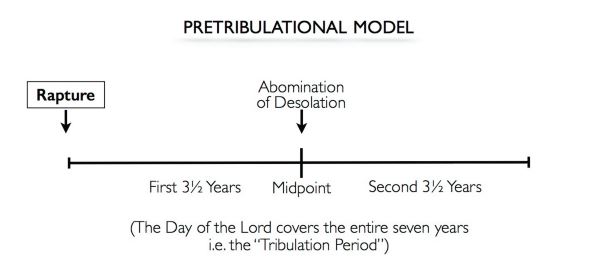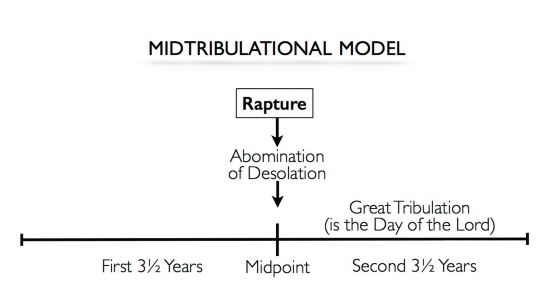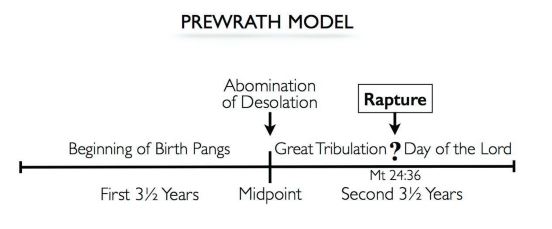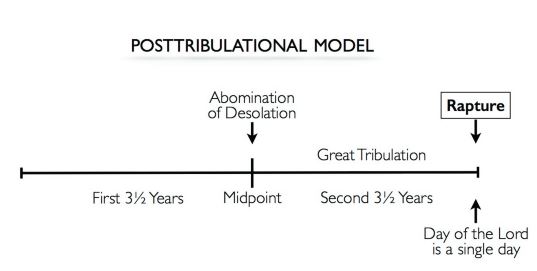The word popularly applied to the translation of the church at the end of the present age comes from a Latin verb rapio, to seize or to snatch away. The first clear revelation of the rapture of believers is found in John 14:3, where Christ promised to come again and receive His followers unto Himself. Some see this prefigured in the translation of Enoch prior to the destruction of the antediluvian world, Heb. 11:5.
The central passage dealing with the rapture is 1 Thess. 4:13-18. The Lord will descend from heaven, the dead in Christ will rise first, then all living believers will be caught up together with them to meet the Lord in the air, to be with Him forever after. This revelation expands the outline of events given by Christ in John 14:3 by adding a number of previously unrevealed details. The change which is to take place in Christians in the twinkling of an eye at the rapture is described in 1 Cor. 15:35-54. It will be accomplished by the power with which Christ will “subdue all things unto himself,” Phil. 3:20, 21.
As believers await their translation to be with the Lord, they are to be waiting, 1 Thess. 1:10; watching, 1 Thess. 5:6; looking for Him, Tit. 2:13; loving His appearing, 2 Tim. 4:8; putting one another in remembrance, 1 Tim. 4:6; and exhorting one another as they see the day approaching, Heb. 10:25.
William Evans, The Great Doctrines of the Bible, (Chicago: Bible Institute Colportage Assoc., 1912), WORDsearch CROSS e-book, 311.





AMEN & AMEN.